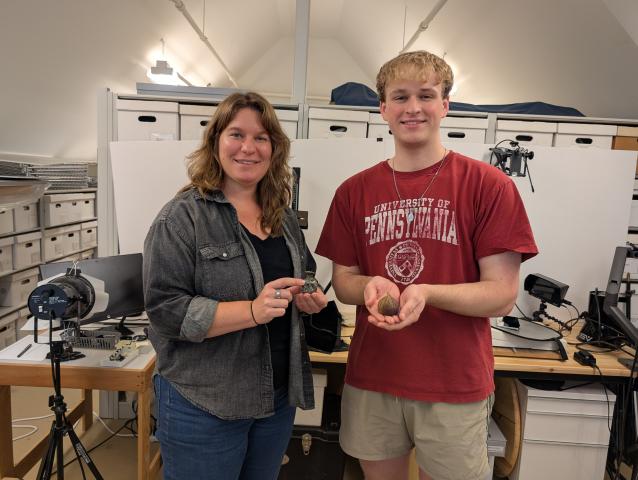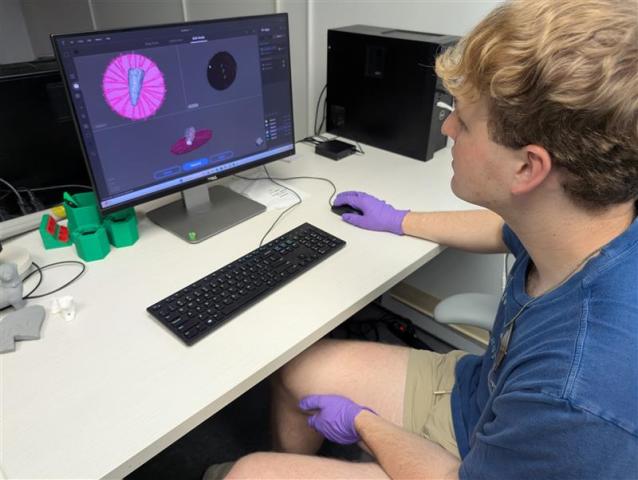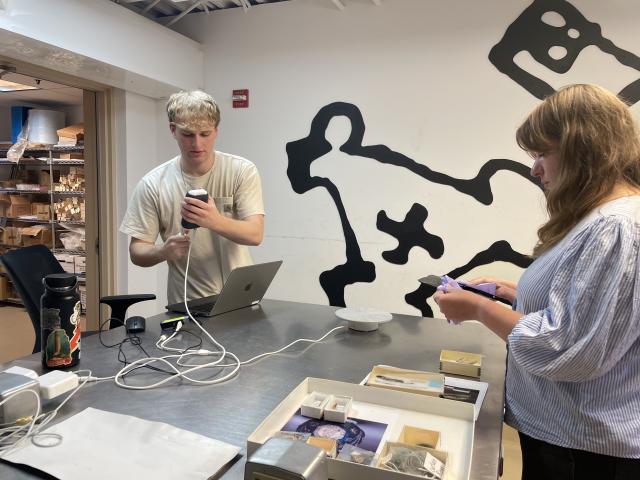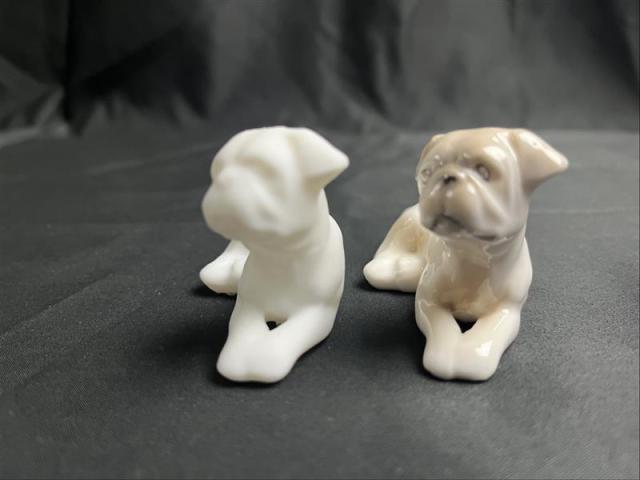By Sarah Thompson, W&M Libraries
W&M Libraries and Jamestown Rediscovery partnered to 3D scan and print artifacts to create an interactive learning experience about the lives of 17th century women in Jamestown. These artifacts, which are not available to the public for preservation concerns, can now be used for hands-on teaching with the 3D models created by W&M Libraries’ Makerspace equipment and expertise.
Jamestown Rediscovery received a grant from Virginia Humanities to produce more interactive programming about Jamestown women. They focused on the stories of six women and identified artifacts to help convey what their lives were like. But they ran into problems. Their 3D printer was broken, and they didn’t have the time or expertise to manage the equipment.
After a meeting between Carrie Cooper, dean of university libraries, and Monty Mason, senior director of community affairs and partnerships, a group from Jamestown toured the Makerspace in Swem Library. They were impressed by the high-tech equipment and personnel available.
“It [the Makerspace] blew my mind,” recounted Dr. Amy Stallings, an adjunct professor of history at William & Mary, part-time researcher at Historic Jamestowne and historian for Jamestown women’s history programming. “With all of the scanning capabilities that you have here, we could bring historical resources, primary sources to a much wider audience in their original form.”
The two organizations designed a creative collaboration that would fill the gaps in Jamestown’s programming and forge a path for the Libraries to bring their skills and resources to the Williamsburg community. Ash Gonzales, Makerspace and Patron Account Coordinator, hired a summer intern, Andrew Francois ’26, to spearhead the project and produce the 3D scans and models for the Jamestown group.
He didn’t have prior experience using the software or equipment, but Gonzales saw potential in his passion for public history and openness to learning the technical skills required.
“His desire to contribute meaningfully to historical preservation and make the past more accessible through modern tools really resonated with us during the interview,” Gonzales said. “This internship gave him the chance to explore that passion while acquainting himself with 3D scanning and printing technologies, skills that can bridge history and innovation.”
His training delved into the principles of 3D scanning and learning 3D printing basics with Gonzales, and 3D modeling with Makerspace Director Jonathan Frey. Once he mastered the basics, he scanned historical artifacts from W&M Special Collections Research Center with the help of Exhibits & Artifacts Curator Jennie Davy who trained him on artifact handling and helped him select items that could be scanned and printed with the most detail.
“The scanning took a lot of time to master and was just about doing it over and over again,” Francois said. “I learned that objects that are shiny or dark are harder to scan or that processing details on smaller objects can be challenging. It was a lot of trial and error.”
Stallings curated a wide-ranging artifact list to be 3D scanned and printed that would support her storytelling of Jamestown women including a beaver mandible, spade nosing, and shards of a ceramic jug. She hopes that the ability to touch the items will make the past feel less distant.
“Creating that physical link can be so much more powerful than simply talking about a person,” she said.
Francois is creating experiential learning opportunities for others through this project, and by way of his internship, he participated in his own experiential learning in artifact handling and using processing software.
“The work challenged me, and I’m grateful that I got to work with people in fields I’m interested in pursuing,” Francois said. “I learned a lot that I wouldn’t experience in a classroom.”





